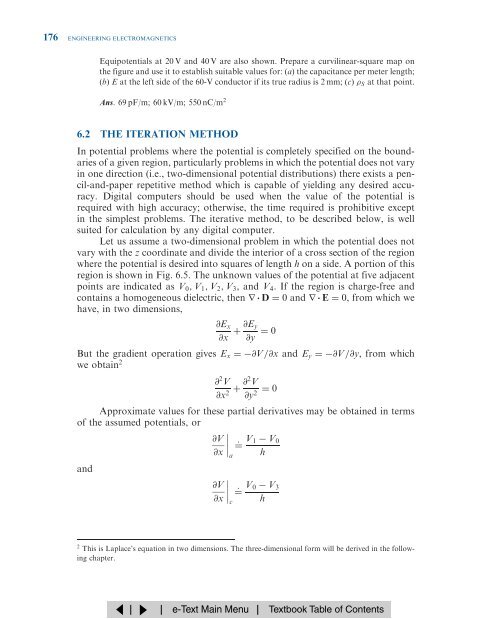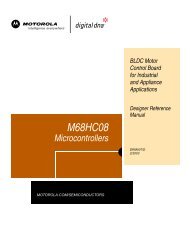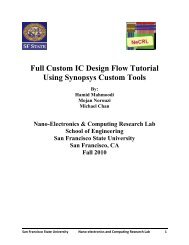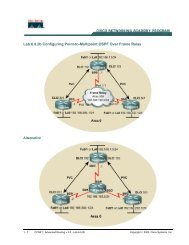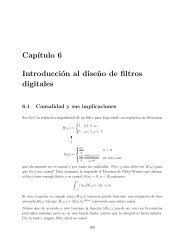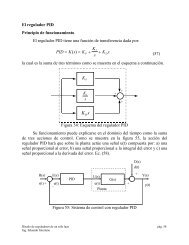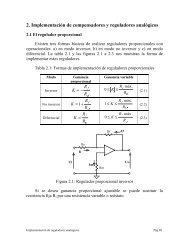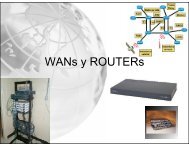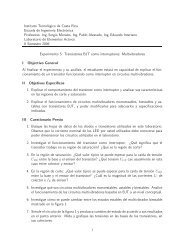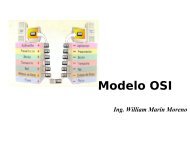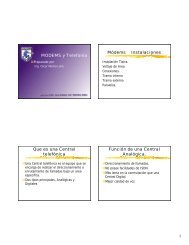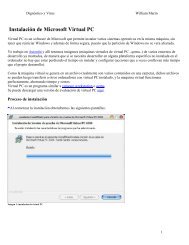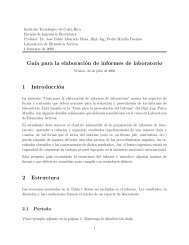Chapter 6 Experimental Mapping Method
Chapter 6 Experimental Mapping Method
Chapter 6 Experimental Mapping Method
Create successful ePaper yourself
Turn your PDF publications into a flip-book with our unique Google optimized e-Paper software.
176 ENGINEERING ELECTROMAGNETICS<br />
Equipotentials at 20 V and 40 V are also shown. Prepare a curvilinear-square map on<br />
the figure and use it to establish suitable values for: …a† the capacitance permeterlength;<br />
…b† E at the left side of the 60-V conductor if its true radius is 2 mm; …c† S at that point.<br />
Ans. 69 pF/m; 60 kV/m; 550 nC/m 2<br />
6.2 THE ITERATION METHOD<br />
In potential problems where the potential is completely specified on the boundaries<br />
of a given region, particularly problems in which the potential does not vary<br />
in one direction (i.e., two-dimensional potential distributions) there exists a pencil-and-paper<br />
repetitive method which is capable of yielding any desired accuracy.<br />
Digital computers should be used when the value of the potential is<br />
required with high accuracy; otherwise, the time required is prohibitive except<br />
in the simplest problems. The iterative method, to be described below, is well<br />
suited forcalculation by any digital computer.<br />
Let us assume a two-dimensional problem in which the potential does not<br />
vary with the z coordinate and divide the interior of a cross section of the region<br />
where the potential is desired into squares of length h on a side. A portion of this<br />
region is shown in Fig. 6.5. The unknown values of the potential at five adjacent<br />
points are indicated as V 0 ; V 1 ; V 2 ; V 3 , and V 4 . If the region is charge-free and<br />
contains a homogeneous dielectric, then r D ˆ 0 and r E ˆ 0, from which we<br />
have, in two dimensions,<br />
@E x<br />
@x ‡ @E y<br />
@y ˆ 0<br />
But the gradient operation gives E x ˆ @V=@x and E y ˆ @V=@y, from which<br />
we obtain 2<br />
@ 2 V<br />
@x 2 ‡ @2 V<br />
@y 2 ˆ 0<br />
Approximate values for these partial derivatives may be obtained in terms<br />
of the assumed potentials, or<br />
@V<br />
@x _ˆ V1 V 0<br />
a h<br />
and<br />
@V<br />
@x<br />
_ˆ V0 V 3<br />
c h<br />
2 This is Laplace's equation in two dimensions. The three-dimensional form will be derived in the following<br />
chapter.


